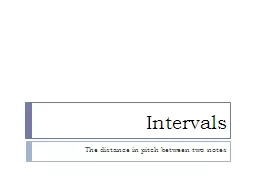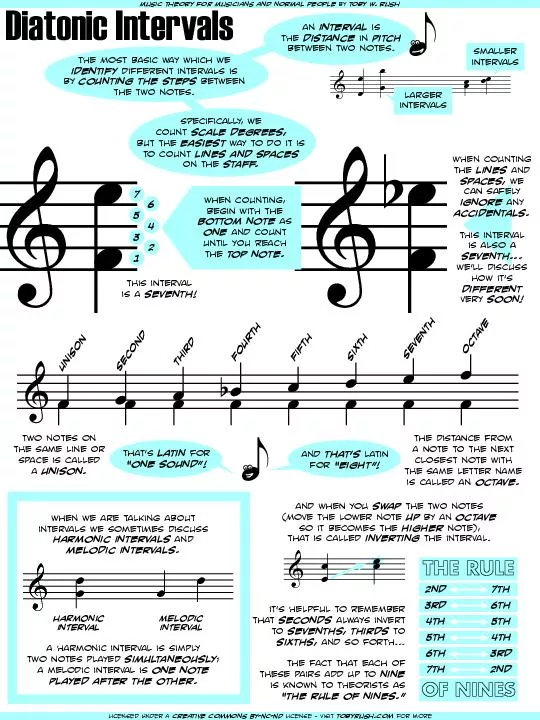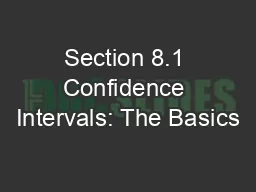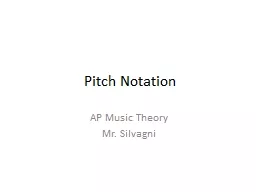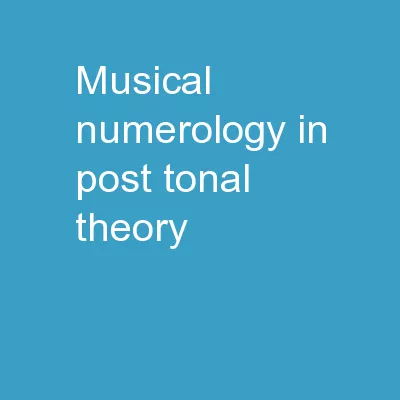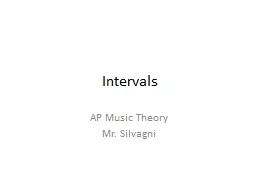PPT-Intervals The distance in pitch between two notes
Author : calandra-battersby | Published Date : 2018-03-09
Intervals Intervals are determined by the distance between two notes and are either harmonic or melodic in nature Melodic intervals are performed successively Harmonic
Presentation Embed Code
Download Presentation
Download Presentation The PPT/PDF document "Intervals The distance in pitch between ..." is the property of its rightful owner. Permission is granted to download and print the materials on this website for personal, non-commercial use only, and to display it on your personal computer provided you do not modify the materials and that you retain all copyright notices contained in the materials. By downloading content from our website, you accept the terms of this agreement.
Intervals The distance in pitch between two notes: Transcript
Download Rules Of Document
"Intervals The distance in pitch between two notes"The content belongs to its owner. You may download and print it for personal use, without modification, and keep all copyright notices. By downloading, you agree to these terms.
Related Documents

